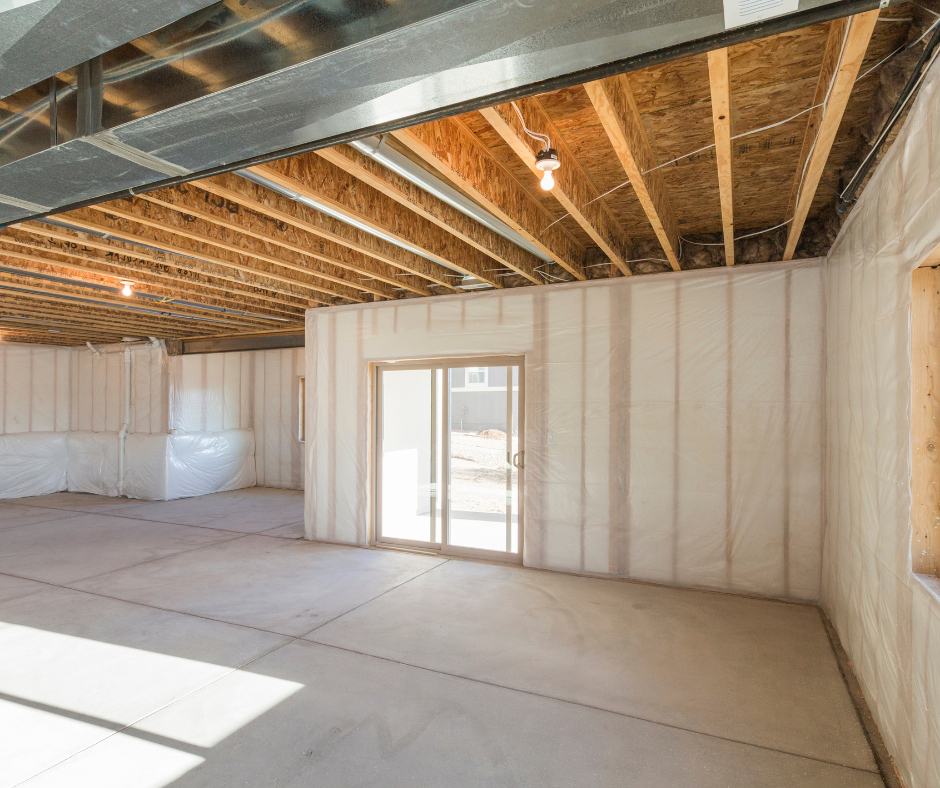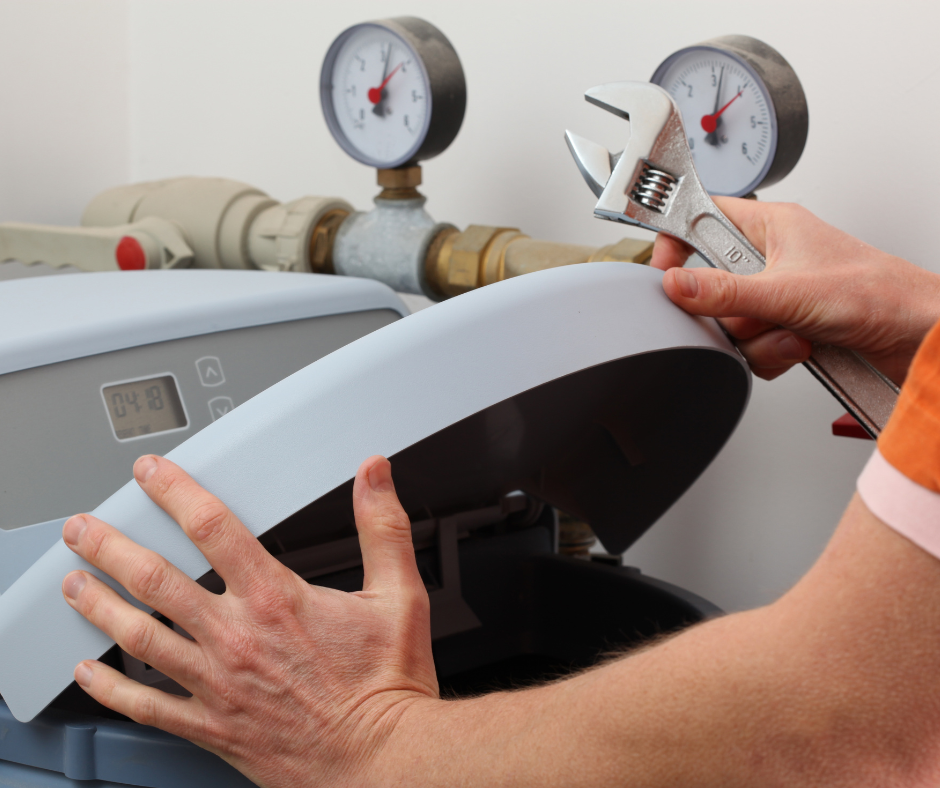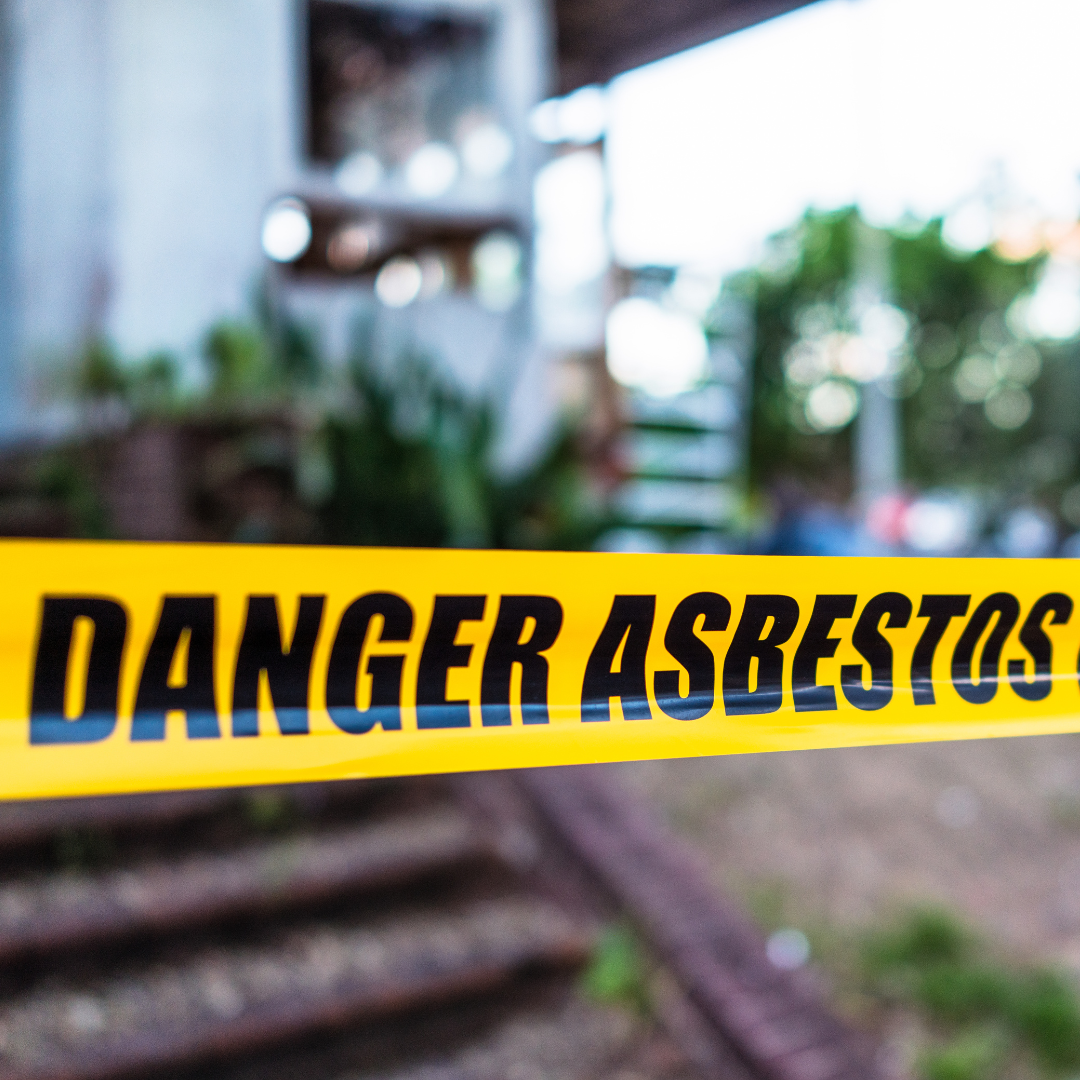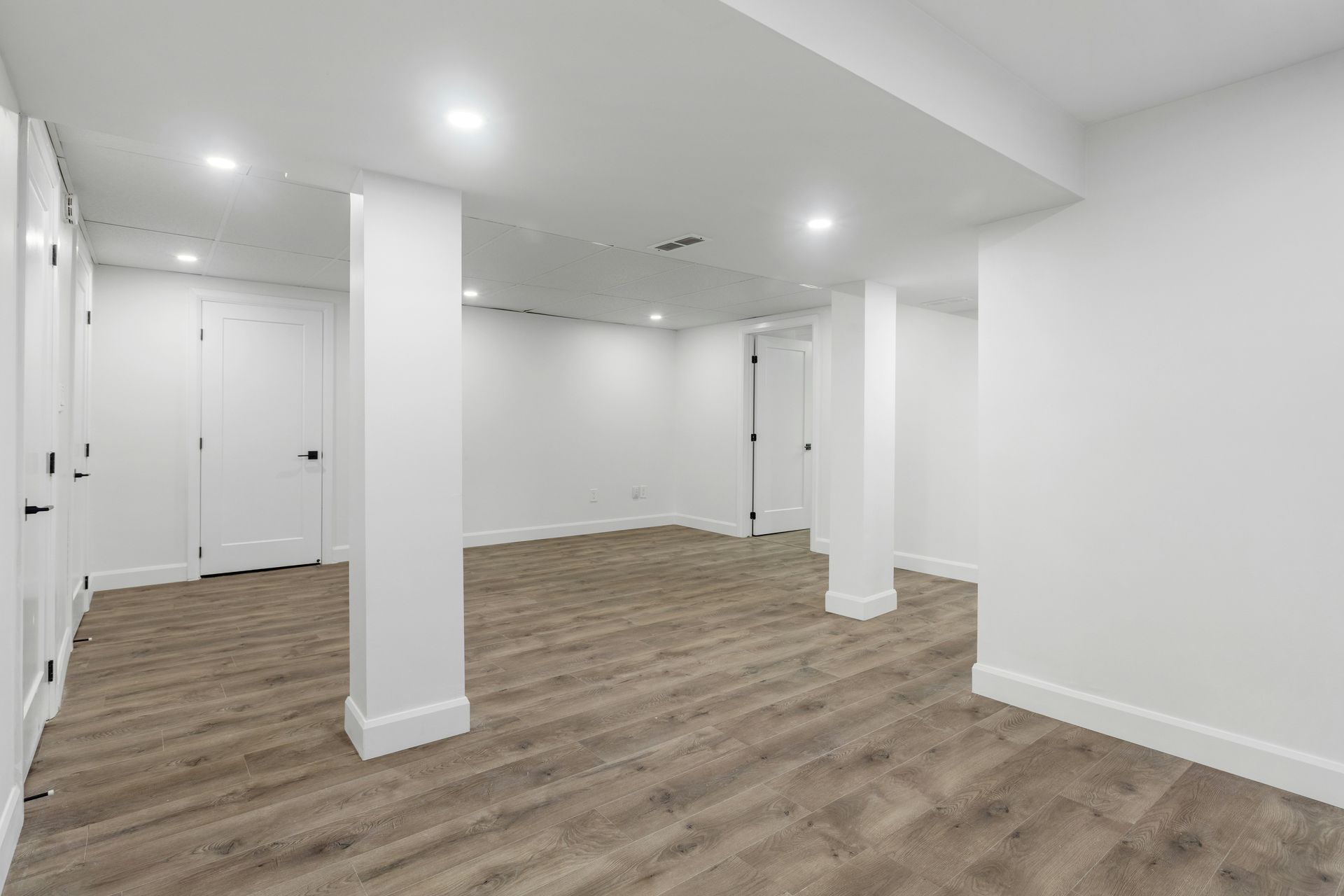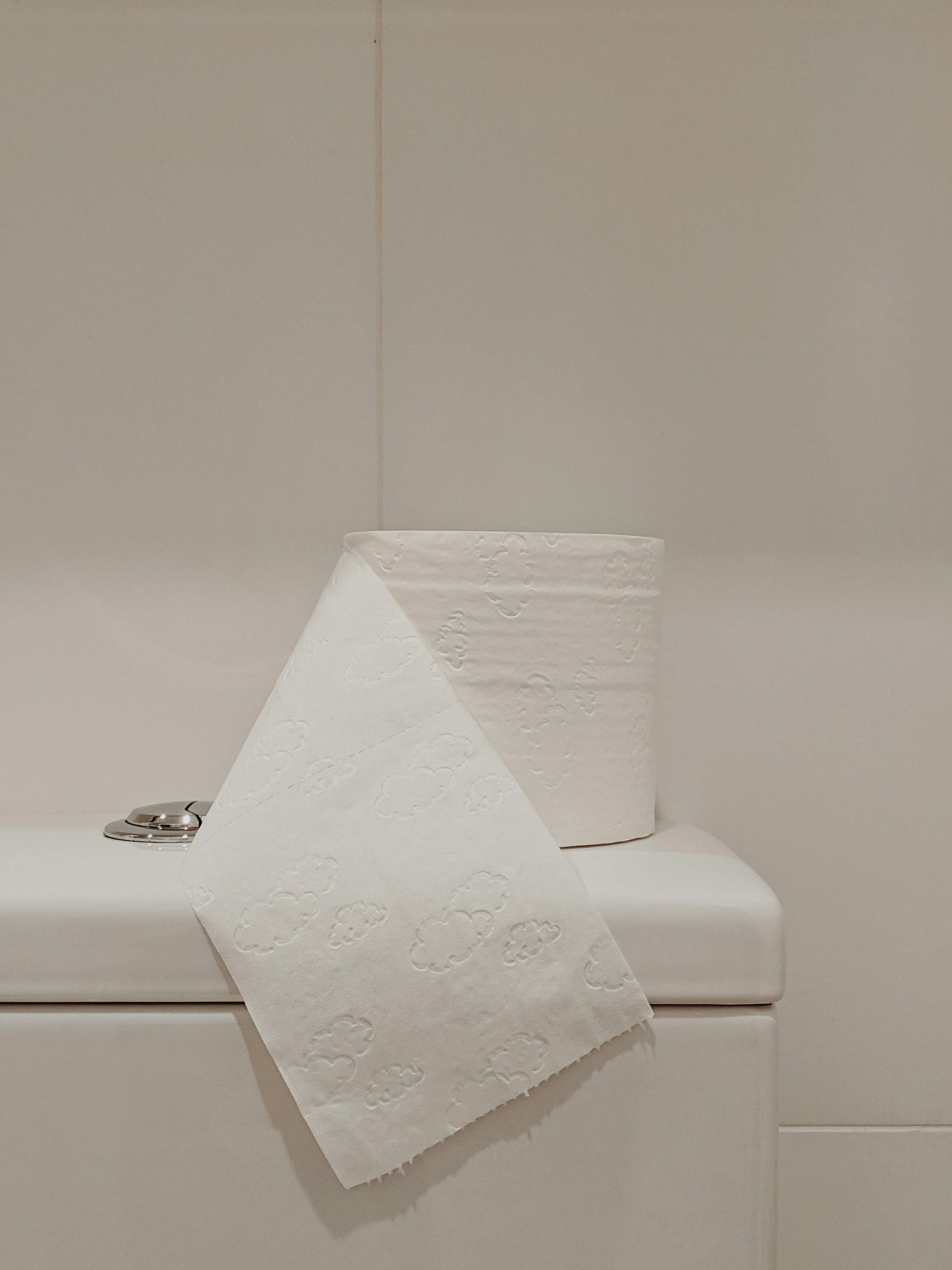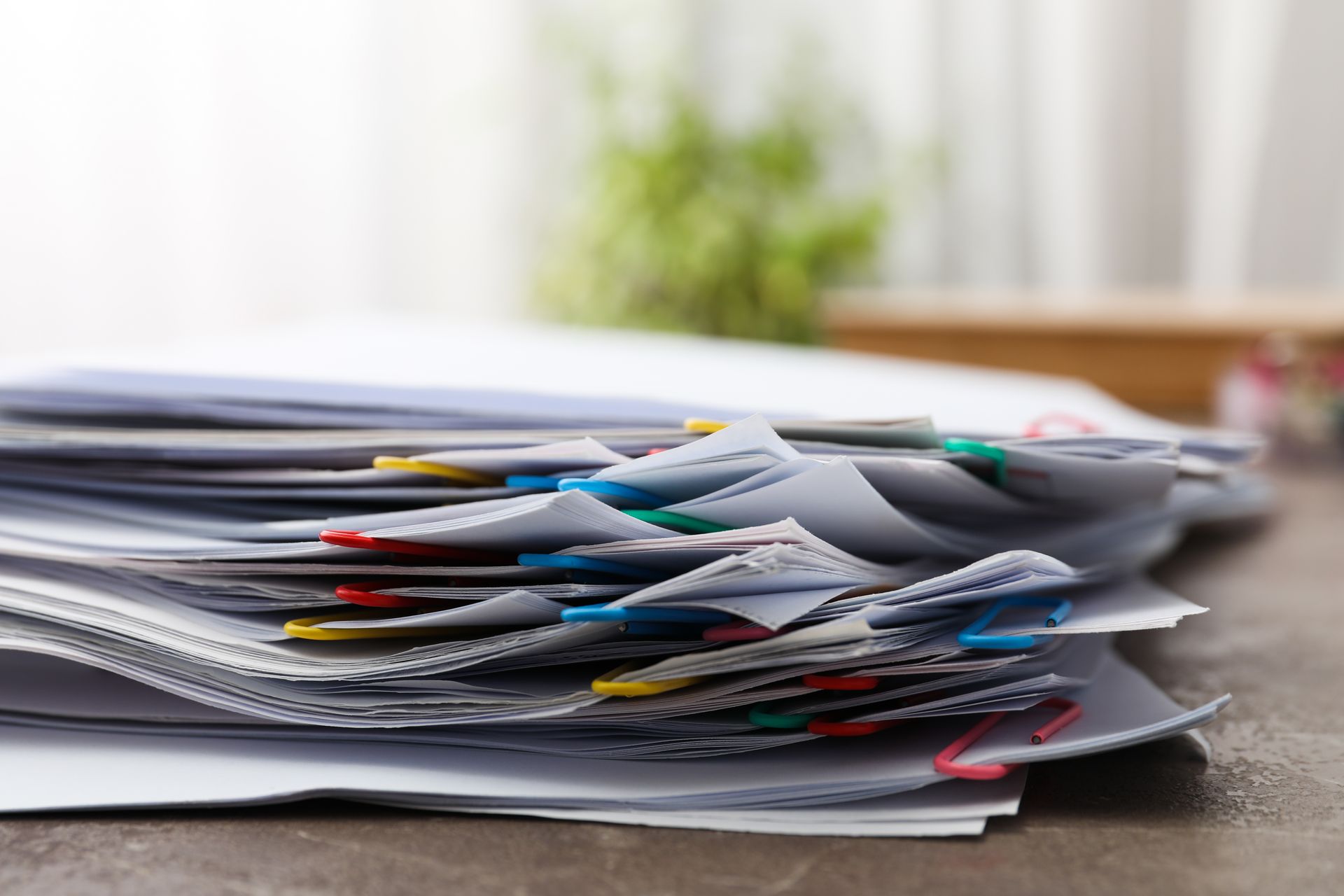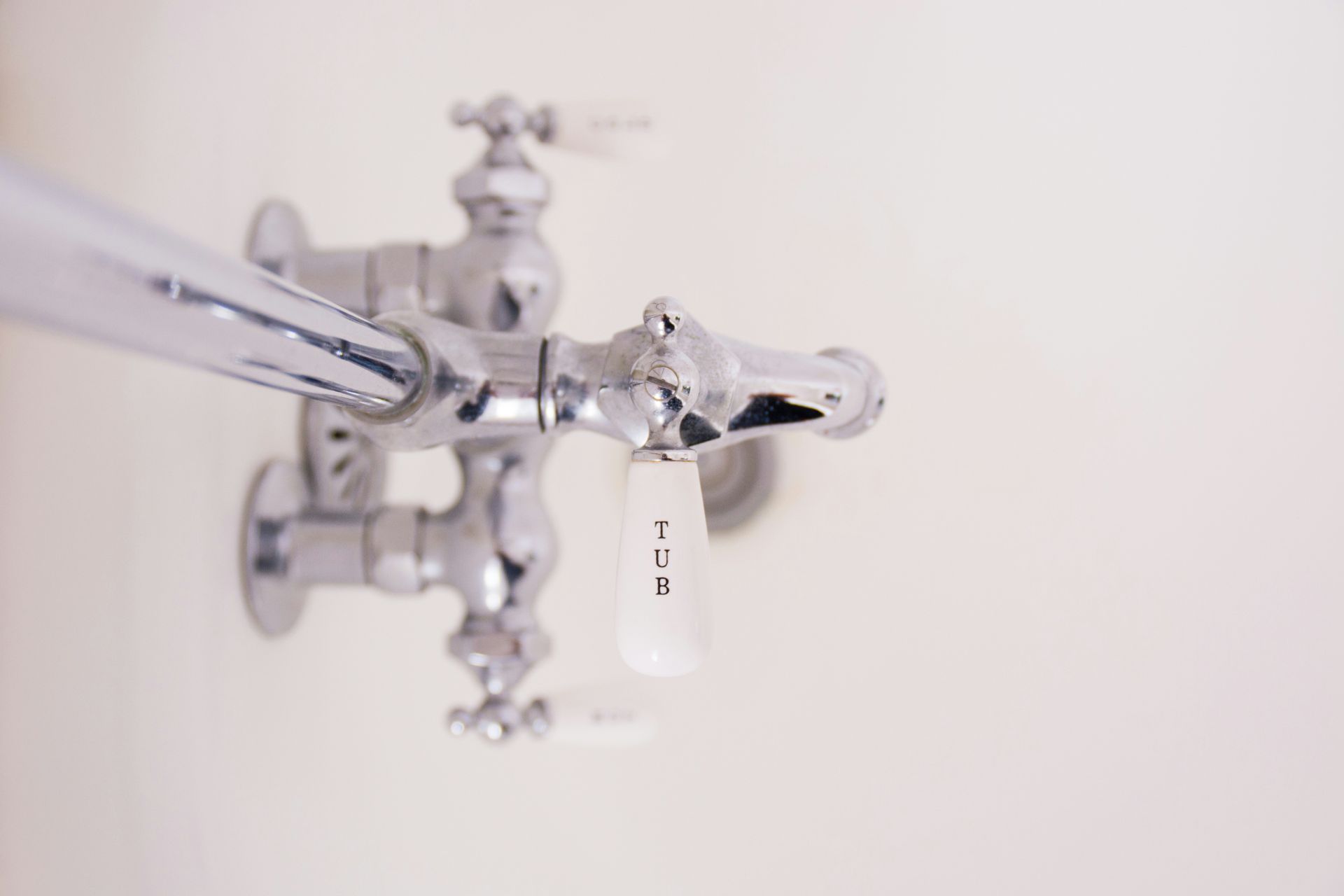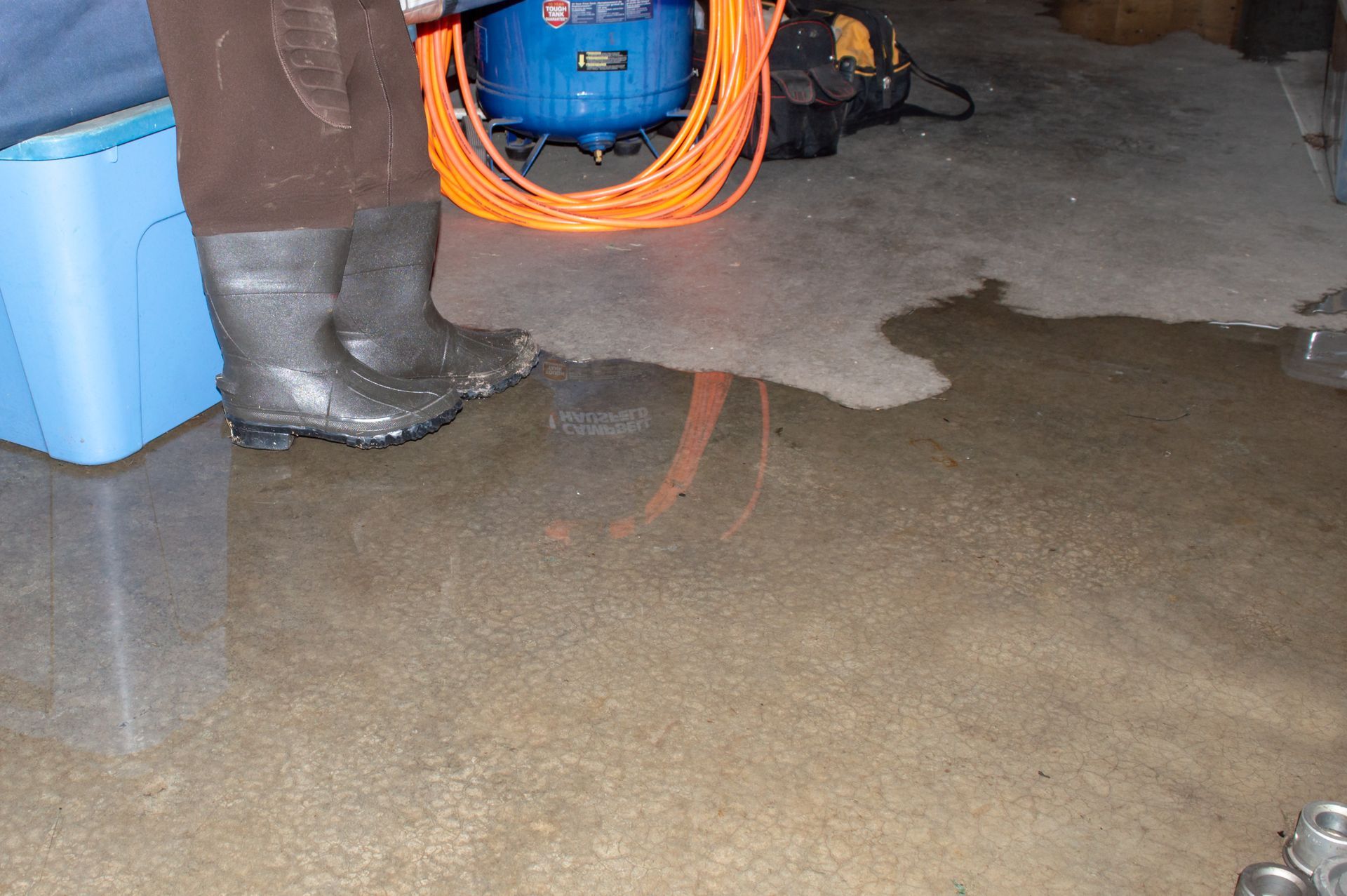Why IICRC-Certified Technicians Matter in Water Damage Restoration (And Why DryMax Uses Them)

When water damage hits your home, it’s usually at the worst possible time. A pipe bursts at 2 AM, your dishwasher decides to quit its job, or a winter freeze pops a line in he wall. In moments like these, you’re not just looking for anyone who can show up with a couple fans you want someone who actually knows what they’re doing.
That’s where IICRC certified technicians come in. And at DryMax Restoration, that’s the standard we hold ourselves too.
What Is the IICRC Anyway?
The Institute of Inspection, Cleaning, and Restoration Certification (IICRC) is basically the gold standard for the restoration world.
They're the folks who write the industry rules like the ANSI/IICRC S500 for water mitigation and make sure techs actually understand things like:
- How moisture really moves through building material
- How to dry structures safely without creating mold
- When something can be saved vs. when it needs to be removed
- How to work safely around contaminated water
It’s not just some fancy title. It’s real training that protects your home, your health, and your wallet.
Why It Matters (More Than Most People Think)
Most homeowners assume water cleanup is just “vacuum up the water and throw in a few fans.” But water damage is sneaky. It spreads into pl aces you can’t see, wicks up walls, hides under flooring, and can create long term problems if the job isn’t done right.
Here’s what an IICRC tech brings that an uncertified “guy with a wet vac” doesn’t:
1. Proper Moisture Detection
Certified technicians use meters, thermal cameras, and actual science to locate hidden moisture. A wall can look totally dry even when it’s soaked behind the paint. Not finding that? Well… that’s when mold shows up later and ruins your week.
2. Correct Drying Procedures
There is a right way to dry a structure, and there’s about a thousand wrong ways. IICRC teaches:
- airflow patterns
- dehumidification requirements
- class & category of water
- material permeability
- how to avoid secondary damage
One wrong move, and instead of drying the home, you’re basically creating an incubator for mold.
3. Documentation That Helps Your Insurance Claim
When your tech is trained, your claim goes smoother. The IICRC processes and documentation line up with what insurance carriers expect moisture logs, equipment calculations, psychrometrics, all the nerdy stuff that adjusters actually love.
4. Safety You Don’t Think About
Contaminated water. Electrical issues. Structural risks. Bacteria. Cross contamination.
Most people don’t realize how many hazards exist during a water loss. Certified techs are trained to deal with all that correctly and not just hope for the best.
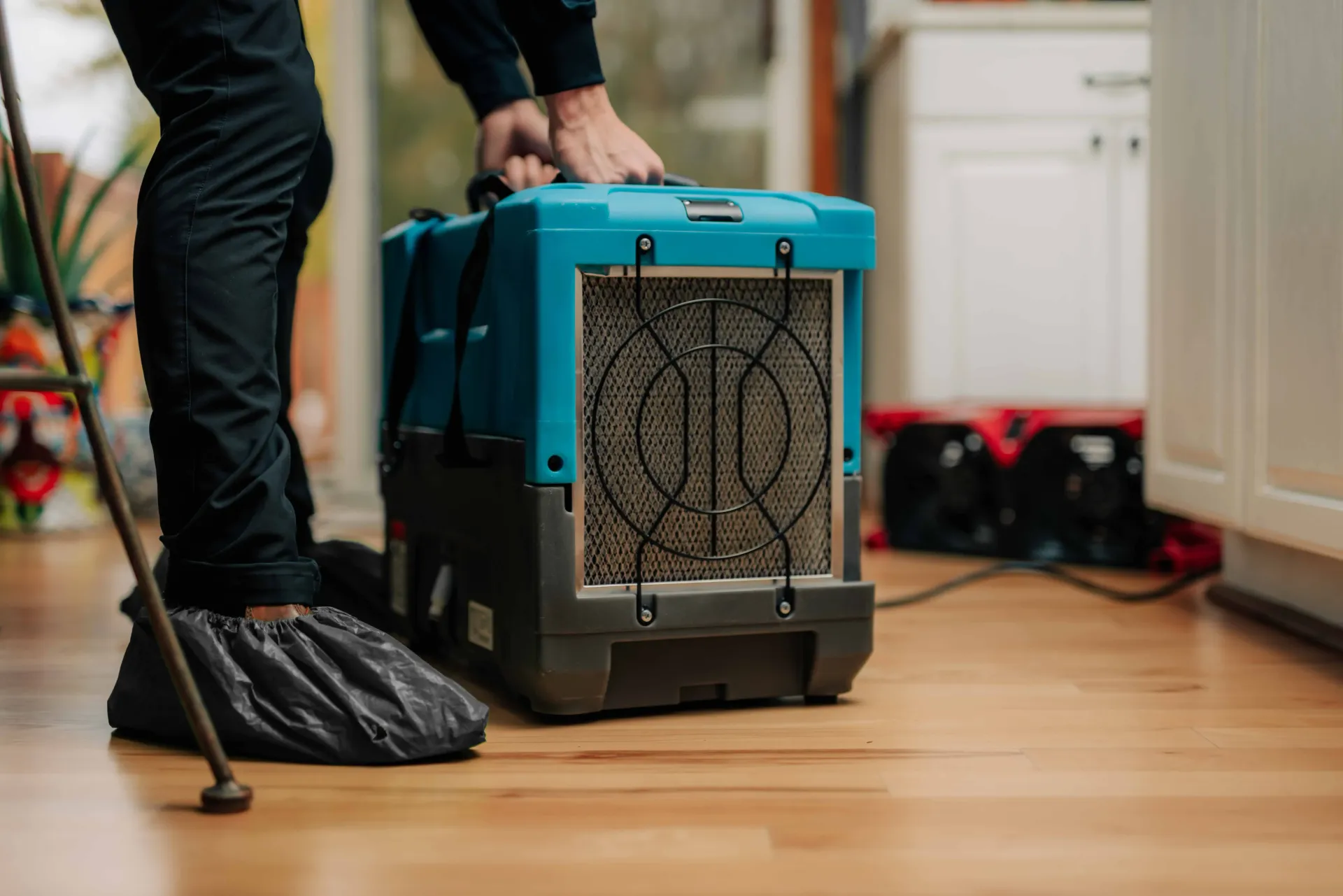
Why DryMax Restoration Chooses IICRC-Certified Techs
We don’t cut corners. That’s why DryMax’s technicians are IICRC-trained and certified because it protects homeowners, their property, and frankly, our reputation too.
Our team invests in ongoing education, hands on training, and updated certifications, because the industry changes fast. New building materials, new standards, new drying techniques staying current is a must.
Plus, let’s be honest: anyone can buy equipment. Not everyone can use it professionally.
When You Call DryMax, You’re Calling Pros
Whether it's a small leak or a whole-house flood, you deserve a crew that knows exactly what’s going on not someone guessing on your home.
With DryMax, you get:
- IICRC-certified technicians
- Detailed inspections
- Professional drying plans
- Honest communication (even if it’s not what you wanted to hear)
- Clean, tidy work because your home shouldn’t feel like a construction zone more than it has too
Water damage happens fast, but the recovery shouldn’t be rushed or sloppy. Choosing IICRC-certified technicians is one of the smartest decisions a homeowner can make and at DryMax Restoration, it's simply how we do business every single day.
If you need help or just have questions, reach out anytime. We’re here 24/7, ready to get things back to normal.


